Sentimental Journey
Long-term relationships are the heart of Tec Petaja’s destination wedding business.
• June 2022 issue
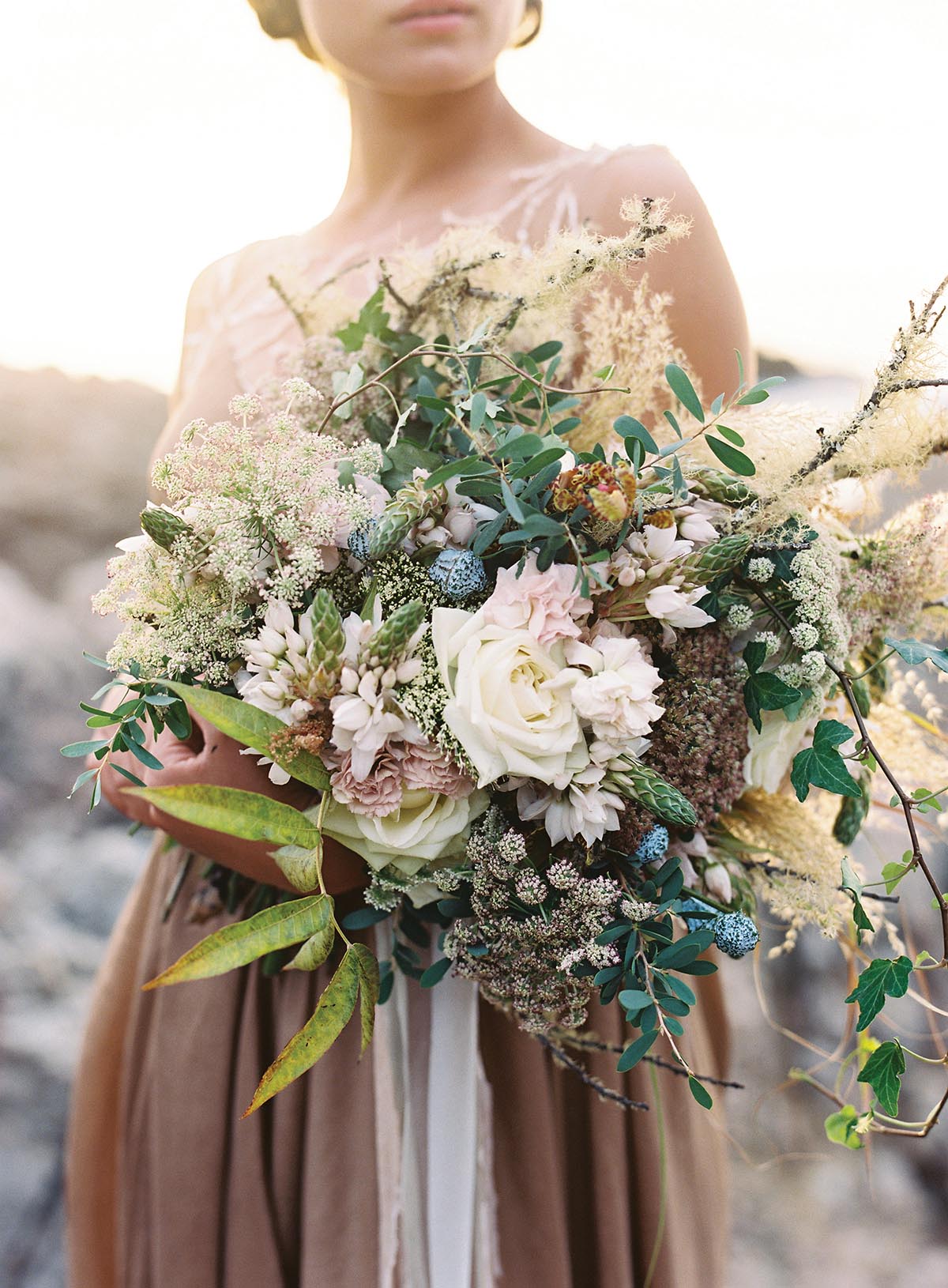
When Tec Petaja photographed his first destination wedding more than 15 years ago, the project opened his eyes to a world of potential for combining travel and image making. He had been working in commercial photography before trying out a wedding gig and discovering an instant affinity for the work. After linking up with a wedding planner who had associations with some wedding blogs and publications, he found himself on the fast track.
Petaja, who’s based in Nashville, Tennessee, saw that his route to destination wedding profit would be through meaningful connections with influential wedding planners throughout the country. This was at a time when social media was in its infancy and wedding publications were still a hot item.
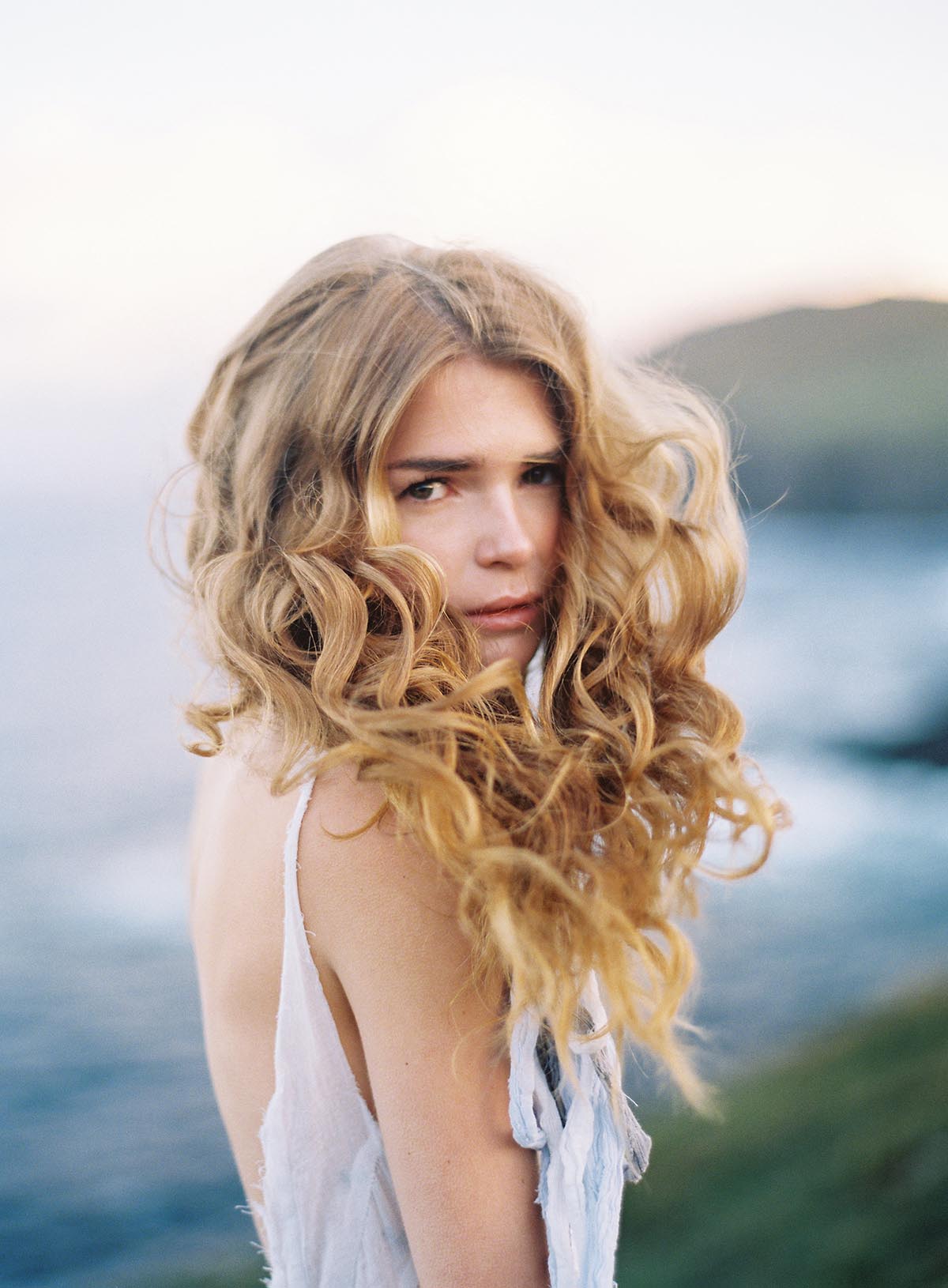
Petaja’s outreach efforts—phone calls, email follow up, personal notes—sound almost antiquated in today’s all-online-all-the-time environment. But they worked; they helped him nurture professional relationships that would form the foundation for a growing business that’s routinely booked for some of the nation’s most fascinating events.
Today, 90 percent of Petaja’s clients come from wedding planners. He maintains these relationships carefully, communicating with his referral sources regularly, updating them on recent work, sending gifts, and staying on their radar. “It’s important to stay top of mind because there is so much good talent out there,” he says. “When you find a planner whose style meshes with yours, that relationship is extremely valuable.”
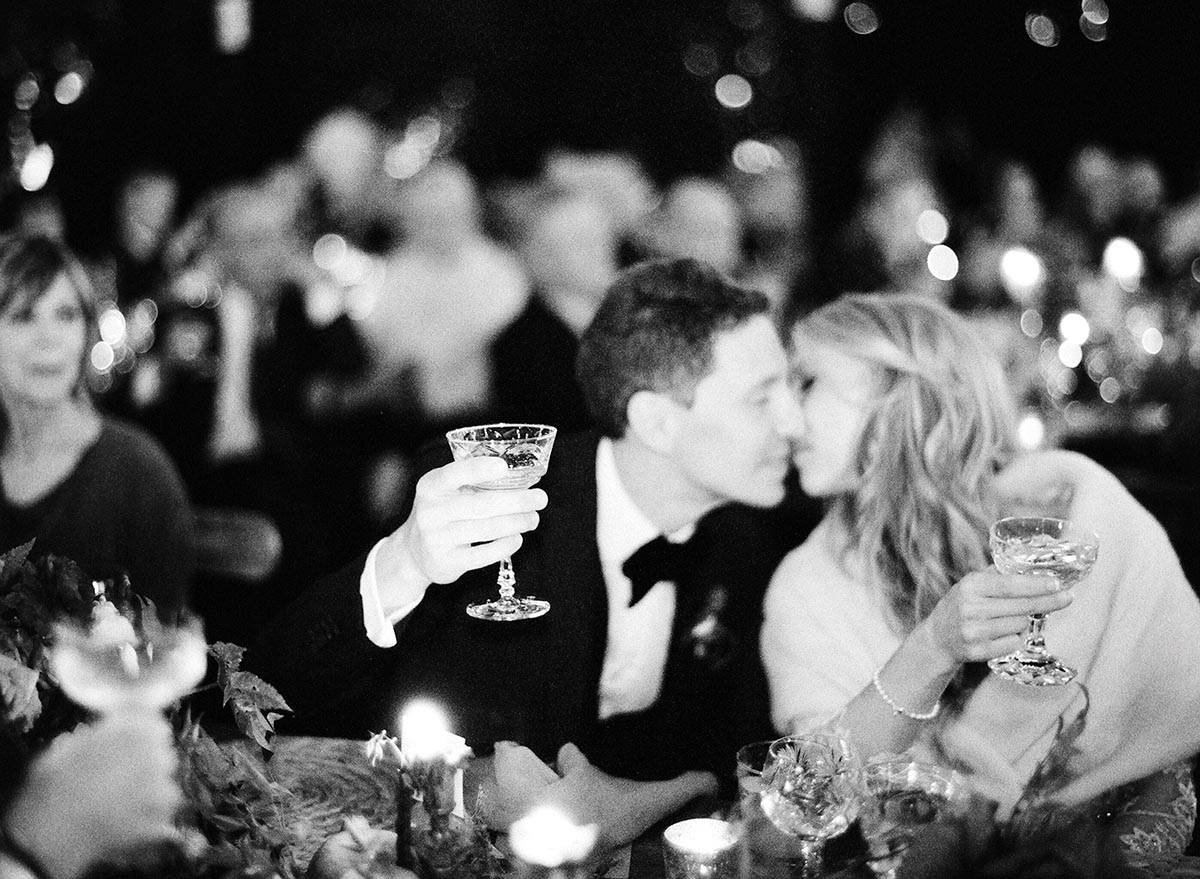
PRE-WEDDING PREP
Most of the preparation for destination work falls on the wedding planner, who pulls in Petaja to give him details about the event, the location, the couple, and what they’re looking for in a photographer. If it seems like a good fit, Petaja sets up preliminary video calls with the couple to run through his process, discuss style and approach, and see if they have chemistry.
Prior to the COVID-19 pandemic, Petaja would arrive early on the day of the rehearsal dinner and jump right in. He’d drive to the weekend event locations, scout them out, and develop a shooting plan. Then he’d meet with his team and head to the rehearsal to begin photographing.
Pandemic-related travel disruptions made this process difficult. With the frequent threat of canceled flights and travel delays, Petaja now arrives a day early to ensure he has time to complete his scouting and other prep work before the wedding weekend schedule of events begins.
Petaja usually works with a second shooter and sometimes even a third for large events. Whenever possible, he flies in his core Nashville team; however, he hires local photographers when he’s not able to bring his usual associates.
STYLE AND APPROACH
After years of creating wedding images, Petaja has developed a consistent portfolio that, as one wedding planner described, “exudes a sense of calmness” that many couples find appealing. When a planner feels he’s the right match and recommends him for an event, that helps build trust between photographer, bride, and groom. “When I shoot a wedding, I try to shoot it as if it was my own wedding,” says Petaja. “I think about how I would feel in the couple’s position. Would I like standing this way? Being posed this way? And I try to remember that they are going to have these images for the rest of their lives. I want the images to be timeless, not following any trends. That type of imagery speaks to a certain type of client.”
Petaja brings a heavy dose of the surrounding environment into every collection of wedding images. “I like to tell a story—the food, the resort, the cute little town nearby,” he says. “I bring in some of the life around the wedding. Destinations provide a little more freedom to do that kind of storytelling.”

Indeed, Petaja typically finds an extra layer of inspiration when he’s on the road, away from the things he knows and sees every day. The destinations are new and exciting, not just for him but for clients and wedding guests as well. Bringing in a sense of the place adds a layer to the wedding photography that couples appreciate.
Recently, Petaja has been booked for more destination weddings that are a complete week-end experience, not just a ceremony in a pretty location. There are other events and activities incorporated into the weekend that the couple wants Petaja to be a part of and photograph. It’s an interesting direction that’s growing in popularity, he says. “People want a full-fledged experience that they want me to help memorialize.”
This type of experience makes the actual wedding day easier to photograph because Petaja has spent more time with the couple, families, and guests. A familiarity grows over the weekend that makes the photographic process more comfortable.
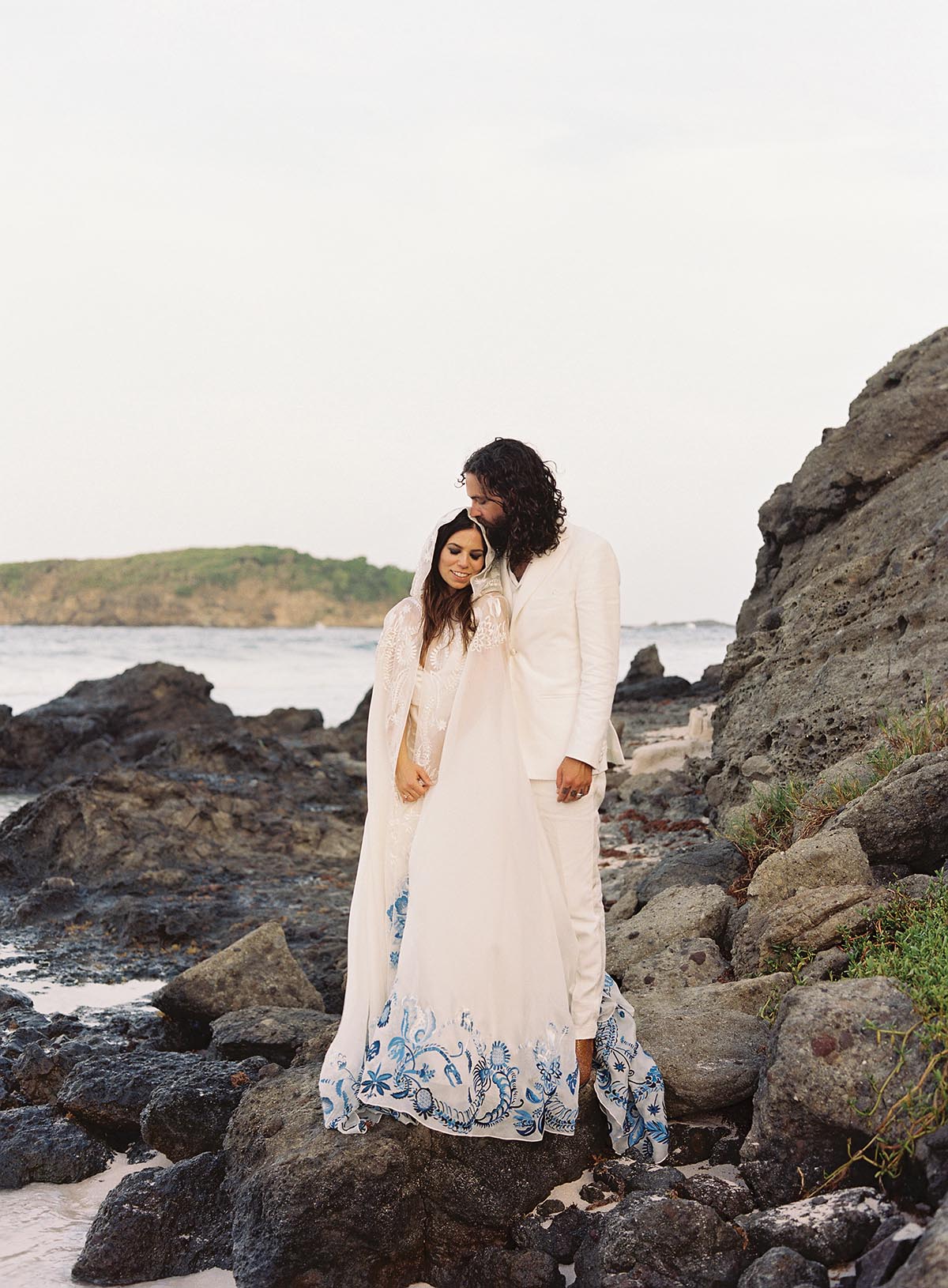
TROUBLESHOOTING
Even with all the time Petaja spends in pre-wedding preparation, things can go awry. That’s when mental toughness comes into play, he says. “Sometimes you get those jobs that are just easy. Everything falls into place, and it’s fun. But not every job happens that way. When you have terrible weather or the location doesn’t turn out the way you hoped or your clients aren’t a good fit—all those variables, you just have to push them aside and be in the moment. You take a minute and tell yourself, I’m here, I’ve been hired to do a certain job, and I have to get it done. And then you go to work.”
These types of challenges exist for all types of weddings, not just destination events, but the stressors are accentuated when you’re on location, far away from your home resources and local support network. Success in this work, says Petaja, involves not only resolving challenges on the fly but finding ways to explore creatively. A second shooter helps tremendously, providing not only vital backup but a degree of freedom to capture different artistic images beyond the standard must-have list.
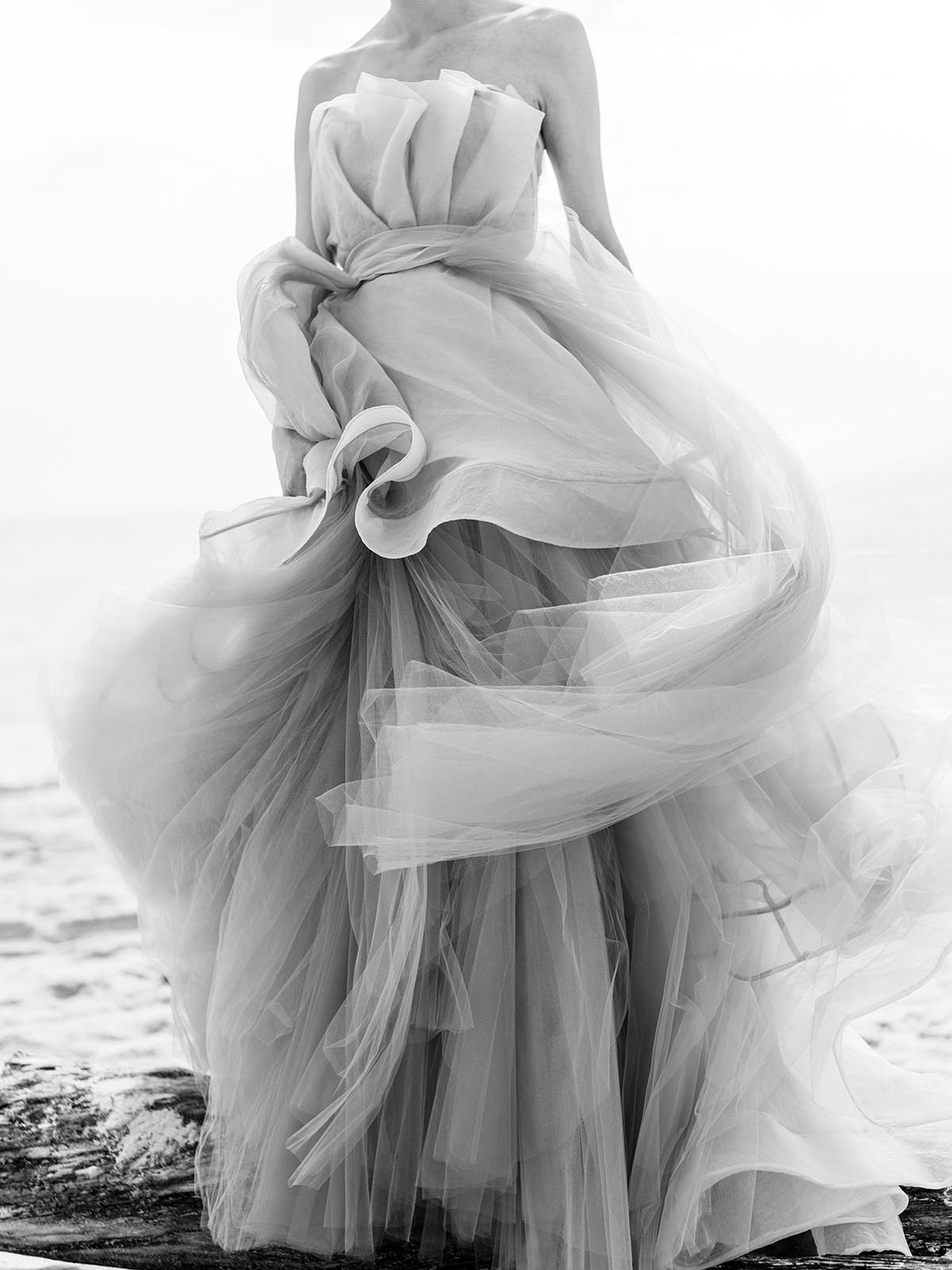
POST-WEDDING
With clients all over the globe, Petaja keeps his post-wedding review and sales process as simple as possible. For destination weddings, he does image downloads and prep in Lightroom the night of the wedding. He often does a preliminary edit on the plane on the way home and then sends the catalog to his photo editor, who uses a customized list of presets to process all the images with a consistent signature look.
Within seven days, Petaja sends a digital preview of a small group of images, aiming to deliver final photographs within four to six weeks. His goal is to send a box of prints for the clients’ first view of the complete collection. He then sends clients an online gallery for additional orders and has albums ready to ship within three to six months of the wedding.
Establishing a strong destination wedding photography business takes time—time to build relationships, time to build a strong portfolio, and time to work out an airtight remote workflow.
“I get frustrated when I don’t get the result I want right away,” admits Petaja. “I’ve had to teach myself to be patient and let things build naturally. That patience is critical to success in a relationship-based business, but it leads to things that are much stronger and more fun in the long run.”
Jeff Kent is editor-at-large.
Tags: wedding photography

 View Gallery
View Gallery